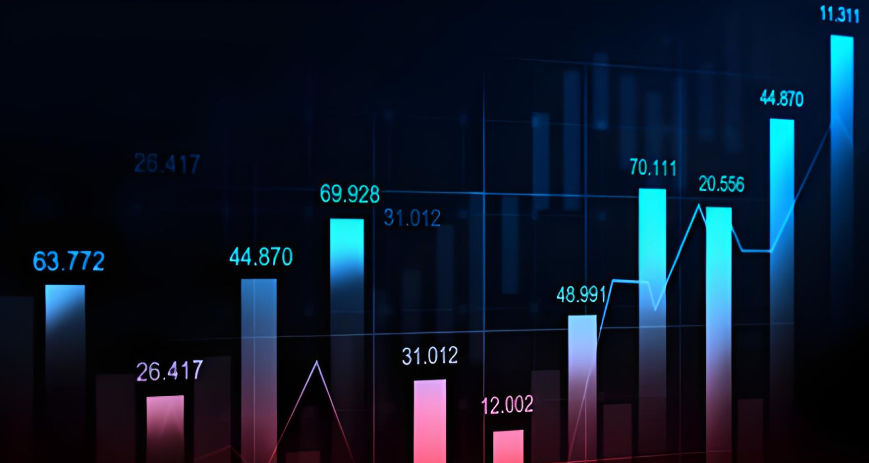May 12, 2025
107
Comment
US Economy: Navigating Inflation Risks
Advertisements
On a significant day that saw markets hold their breath, Federal Reserve Chairman Jerome Powell took center stage with pivotal statements regarding the state of the U.S. economy and its monetary policy trajectory. This Tuesday, February 11, the scrutiny on Powell intensified during his two-day congressional testimony—a spectacle that garners global interest due to its implications not just on the American economy but on global financial markets as well.
During his address before the Senate Banking Committee, Powell struck an assertive tone, asserting, "The current economic situation is quite good. The job market remains stable, with unemployment rates holding steady within a reasonable range. Corporate production and investment activities are also robust, showcasing resilience in economic growth. However, we recognize the need for tangible progress on the inflation front." This feedback underscored the Fed's cautious yet optimistic outlook, an approach suggesting no rush to cut interest rates further in light of outward economic strengths.
Reflecting on the Federal Reserve's historical monetary policy actions, it is noteworthy that last month, they maintained the benchmark interest rate in the range of 4.25% to 4.5%. This decision comes on the heels of a previous reduction totaling 100 basis points during the last three rate-setting meetings of the prior year, indicating a strategic recalibration in response to economic conditions. Currently, the consensus among market analysts is that the first phase of the ongoing rate-cutting cycle has reached its conclusion.
Powell provided insights about last year's rate cuts, clarifying that they were pivotal steps in the Fed's policy recalibration. At that time, inflation showed signs of improvement, easing price pressures, while the labor market demonstrated signs of cooling, with reduced tightness. Within that broader economic context, lowering interest rates became a vital tool to sustain stable economic growth while balancing the delicate interplay between employment and inflation.
Looking ahead, Powell was clear that if inflation fails to trend downwards towards the targeted level and the economy retains its strength, the Federal Reserve might choose to hold interest rates steady for an extended period. He elaborated that maintaining stable rates is essential for fostering a reliable environment for economic actors, noting that volatility in rates could negatively impact business investments and consumer spending. Nevertheless, he did stress that should the labor market experience unforeseen weakness—or, for example, if the unemployment rate were to spike unexpectedly or corporate hiring practices drastically contract—then a reconsideration of rate cuts could be on the table. Such cuts would serve to stimulate economic activity, enhance job opportunities, and support inflation edging closer to the target benchmark.

In his discourse, Powell reiterated his stance that the neutral interest rate has significantly risen from the historically low levels observed before the COVID-19 pandemic. The notion of a neutral interest rate is essential; it refers to levels that neither spur nor inhibit economic growth. This nuanced understanding of a higher estimated neutral rate may clarify why policymakers have adopted a more cautious approach to further rate cuts. A heightened neutral rate context implies that current interest levels might necessitate a more prudent adjustment, thereby preventing an excessive stimulus to or curtailment of the economy.
There’s growing encouragement among Federal Reserve officials as inflation data displays a trajectory of price pressures remaining within moderate levels, slowly aligning with the Fed's established goals. This trend is undoubtedly a positive sign, indicating that previously instituted monetary policies have had a stabilizing effect on prices. Such optimism, however, is tempered by the complexities of recent U.S. policy decisions. For instance, tariff levies, while potentially shielding certain domestic industries in the short term, may, in the long run, inflate production costs for businesses, leading to greater price increases and a potential upsurge in American inflation. Additionally, aggressive policies targeting large-scale deportations of undocumented immigrants could impact the labor market, creating further economic instability.
The Fed administers short-term interest rates, which directly dictate the borrowing costs across the economy, influencing variables like credit card and car loan rates. It's noteworthy, however, that since commencing rate cuts in September of last year, long-term interest rates have not seen significant fluctuations. This relative stability can, in part, be attributed to stronger-than-expected economic growth, fostering investor confidence about the economy and thus dampening expectations for additional rate cuts. Powell remarked that if investor concerns about escalating budget deficits or inflation risks induced by new shocks persist, long-term rates might stay elevated. He emphasized that the sustained high levels in long-term rates are not particularly tied to the Fed's policies but rather are influenced by market expectations, macroeconomic conditions, and various non-monetary factors.
Leave A Comment